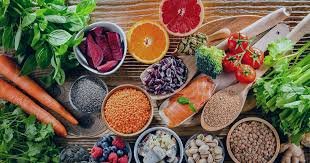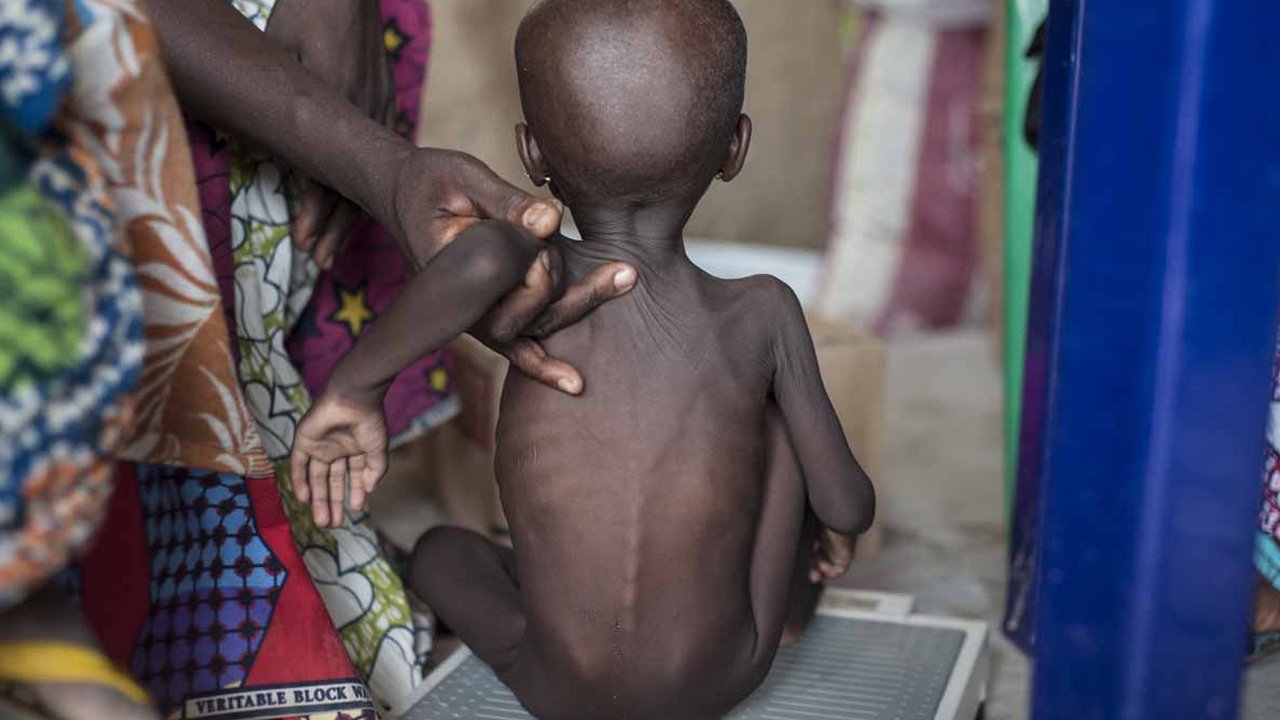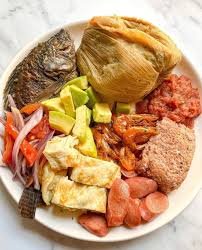Nutrition
Power in Every Bite: How food fortification is strengthening Ghana’s health

Did you know that a simple bowl of gari or salt on your table might already be helping fight malnutrition?
Across Ghana, everyday foods are being fortified with essential nutrients quietly and powerfully supporting the health of millions. This behind-the-scenes strategy, known as food fortification, is one of the most effective tools in the country’s fight against malnutrition.
While some children suffer from undernutrition, evident in stunting, wasting, and anaemia, others, especially adults, are grappling with obesity and diet-related illnesses. These issues not only affect public health but also hinder productivity and economic growth. In response, the government is strengthening its approach through food-based solutions that reach people where it matters most: their plates.
Understanding food fortification
Food fortification is the process of adding vital vitamins and minerals to commonly consumed foods to address nutrient deficiencies. In Ghana, staples like flour, salt, oil, and cereals are increasingly being fortified with iron, iodine, vitamin A, and folic acid. These enhancements target key health risks such as anaemia in women, birth defects in babies, and impaired growth in children.
The beauty of this intervention is its simplicity. People do not need to change their eating habits to benefit. By consuming fortified foods that are already part of the Ghanaian diet, families across the country can access better nutrition without added cost or effort.
Government’s role and broader goals
Government policies and partnerships have played a central role in advancing this effort. Through the enforcement of fortification standards and collaborations with local food producers, regulatory bodies like the Ghana Standards Authority and the Food and Drugs Authority are ensuring that fortified products meet safety and quality requirements. At the same time, health and agriculture ministries are working together to expand access to these foods and educate the public about their benefits.
Food fortification is also aligned with Ghana’s broader nutrition goals, including reducing child stunting and addressing anaemia among adolescent girls and pregnant women. It complements other strategies such as promoting exclusive breastfeeding, home gardening, and traditional food preservation methods.
With continued government leadership, regulatory support, and community awareness, fortified foods can become a silent but steady force in building a healthier, stronger Ghana, one meal at a time.
Feature Article by Women, Media and Change on its Nourish Ghana: Advocating for Increased Leadership to Combat Malnutrition Project.
Nutrition
Nourishing Ghana Starts with Us: The role of citizens

The success of Ghana’s fight against malnutrition does not rest solely in the hands of the government or donors. It depends on us, the citizens. Nutrition is not just a technical issue. It is a societal one, and every Ghanaian has a role to play in ensuring that no child goes hungry, no mother is left unsupported, and no community is forgotten.
As citizens, we must shift how we see nutrition: not as a private family concern, but as a collective national responsibility. Here’s how we can act:
1. Demand accountability
Every citizen has the right and responsibility to ask how public funds are being used to support nutrition. Are local clinics stocked with supplements? Are school feeding programmes working in your district? Are maternal health services adequately funded? Ask questions. Engage assembly members. Attend town hall meetings. Make your voice count.
2. Speak up, Speak out
Silence has a cost. When we fail to speak out against malnutrition, we normalise it. Use your platform, whether it is WhatsApp group, a radio show, a church gathering, or social media, to raise awareness. Normalise conversations about child feeding, food quality, and maternal health. Silence keeps systems broken. Voices drive change.
3. Support local solutions
Support or join community nutrition initiatives. Volunteer. Share what you know. Help spread accurate information about breastfeeding, healthy diets, and hygiene. If you are a farmer, teacher, trader, or youth leader, your knowledge and effort can make a difference. Change starts in our homes and neighbourhoods.
4. Protect the first 1,000 days
Whether you are a father, grandmother, neighbor, or employer, support pregnant women and caregivers during this crucial period. Encourage antenatal care. Help with child care. Prioritise nutritious foods. The first 1,000 days of a child’s life lay the foundation for everything that follows.
When citizens care, ask questions, take action, and show solidarity, we create the conditions for lasting change. Malnutrition is not inevitable. It is a symptom of neglect, and neglect ends when citizens choose to act.
Feature article by Women, Media and Change under its Nourish Ghana: Advocating for Increased Leadership to Combat Malnutrition Project
Nutrition
Ga Kenkey

Ga kenkey, a staple in Ghanaian cuisine, is prepared with fermenting corn dough, then cooking a portion of it to create ‘aflata’ or ‘banku’. It is a popular food in the southern part of Ghana.
Ingredients:
-8 cups of dried corn
-Dried corn leaves (for wrapping)
-2 tablespoonful of stew
Preparation
-Soak corn in water overnight
-Grind corn into a powder form
-Mix the ground corn with water (dough)
-Mix part of the dough with water and put it on fire to cook
-Take the pot off the fire and mix in the remaining dough .
– When ready shape mixture into balls and set every prepared ball on a corn leaf.
– Cover each ball by wrapping the corn leaf around it
– Put water on fire. Add wrapped kenkey to boil for 45 minutes.
– When ready take them out carefully and serve them along with shito, ground pepper and fish.






